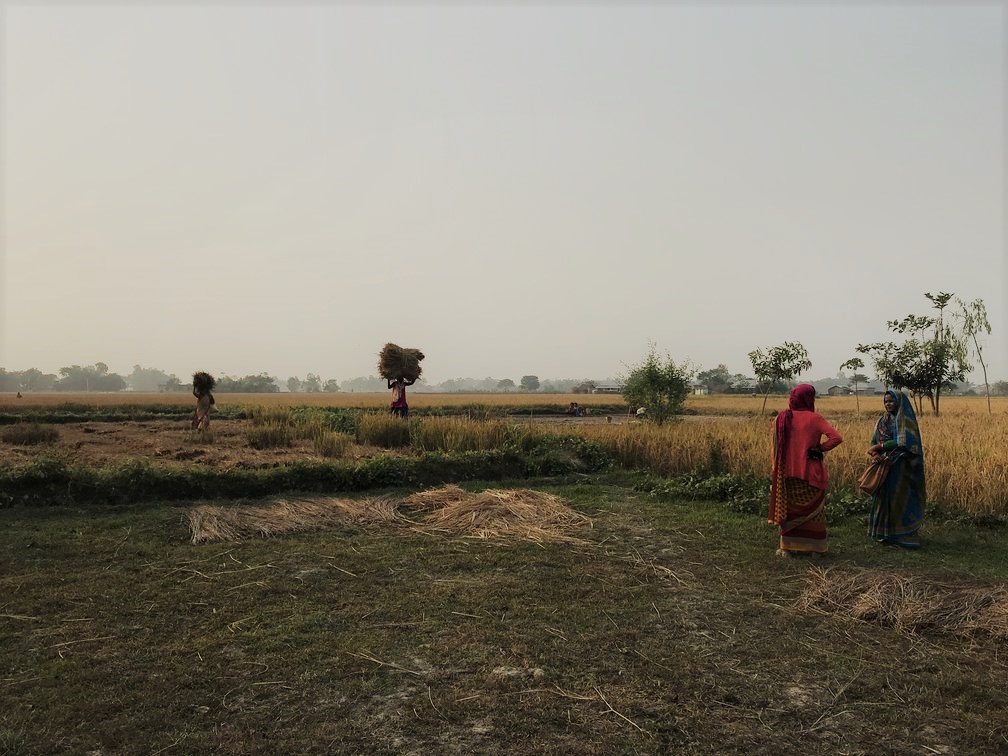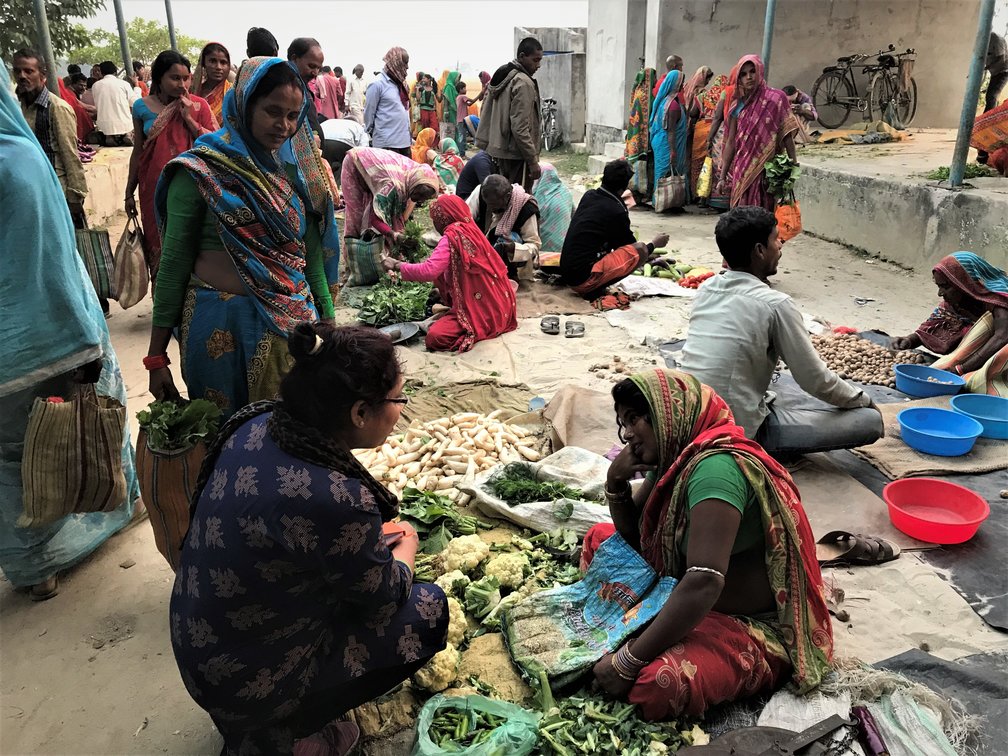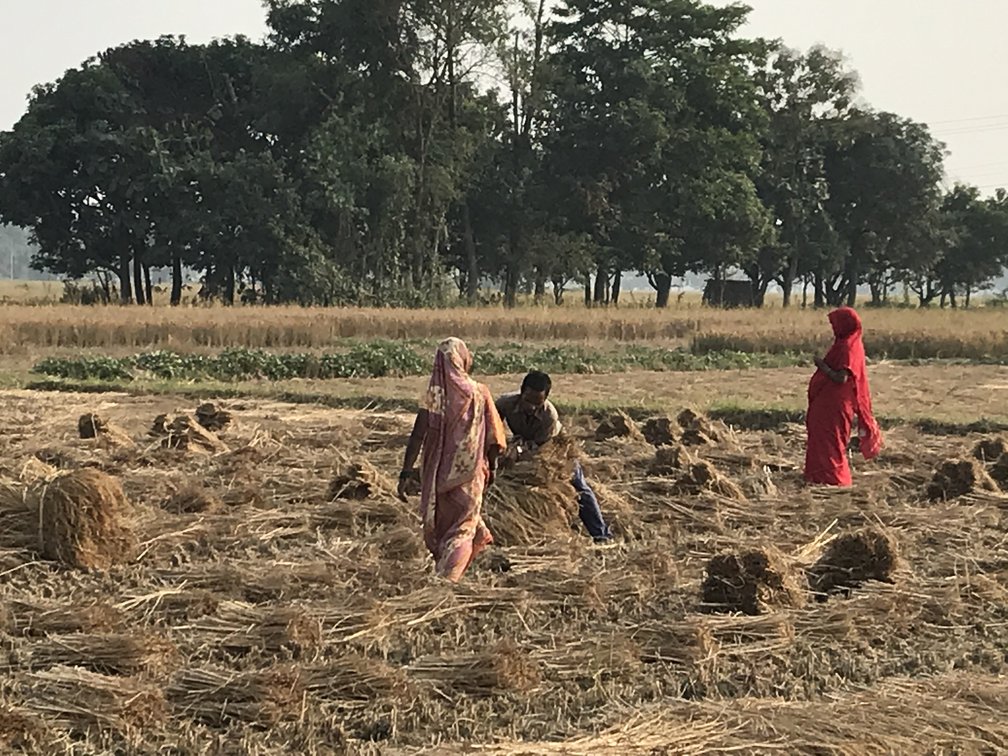Migration is not only transforming rural economies, but also changes gender relations. Male out-migration to cities or abroad has become widespread in the Eastern Gangetic Plains, a huge swathe of agricultural land that includes parts of India, Bangladesh and Nepal and that’s home to 300 million people.
By all means, looking for new opportunities makes sense – economic uncertainty in the area has increased the costs of agricultural inputs like diesel, fertilizer and irrigation equipment. In the meantime, droughts, floods and cyclones associated with climate change don’t help making agriculture more attractive, but a risky business. But when men leave, women stay behind with their children and elderly, bearing the work at home and on the fields.
What happens to agricultural land after men leave?
Clearly, emigration is an adaptation strategy. This way, men continue supporting their families through regular money transfers. However, these remittances do not increase investment in agriculture, and so there is little incentive for people to advance their agricultural skills and techniques. As a result, a lot of agricultural land is left fallow and neglected.
The nature of land administration adds to the problem. Land is inherited among sons, so it is often, divided into small, fragmented plots, which don’t allow for economies of scale. Landowners would often rent out their land to tenant farmers. But as more and more landowners work in the city or abroad, leases are becoming insecure, which reduces incentives for the tenants to invest in land.
What do women do after men leave?
Class, caste and family structures play a big role in the region, particularly in terms of the right to land ownership. Normally, young wives and women of higher castes should not engage in heavy agricultural work due to the so-called purdah, or cleanliness, principle. But even this is changing, since men are not around. Of course, those who have land and capital are better off than others because they can hire workers and receive agricultural subsidies and services, but land ownership is not common among women.
The real burden of increased workload falls on the lower-caste female workers, smallholders and tenants. These women have to continue their everyday household tasks, such as cooking, cleaning and caring for children and grandparents while also engaging in farming. Normally, when men are around, women are responsible for weeding and harvesting on the farm. With male out-migration, women have no choice but to take on new agricultural tasks, such as sowing, working with irrigation systems as well as purchasing seeds, pesticides and fertilizers at local markets from (often male) traders.



